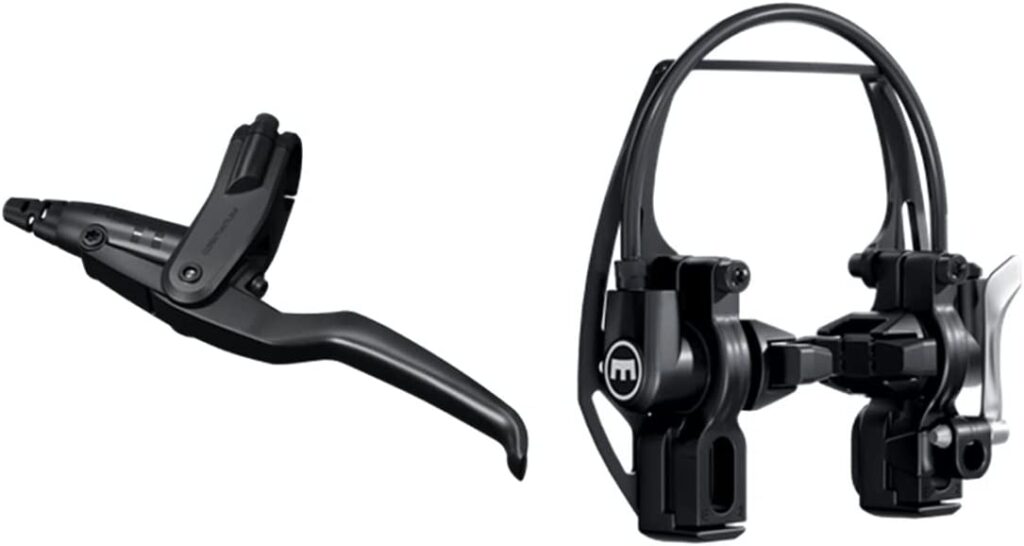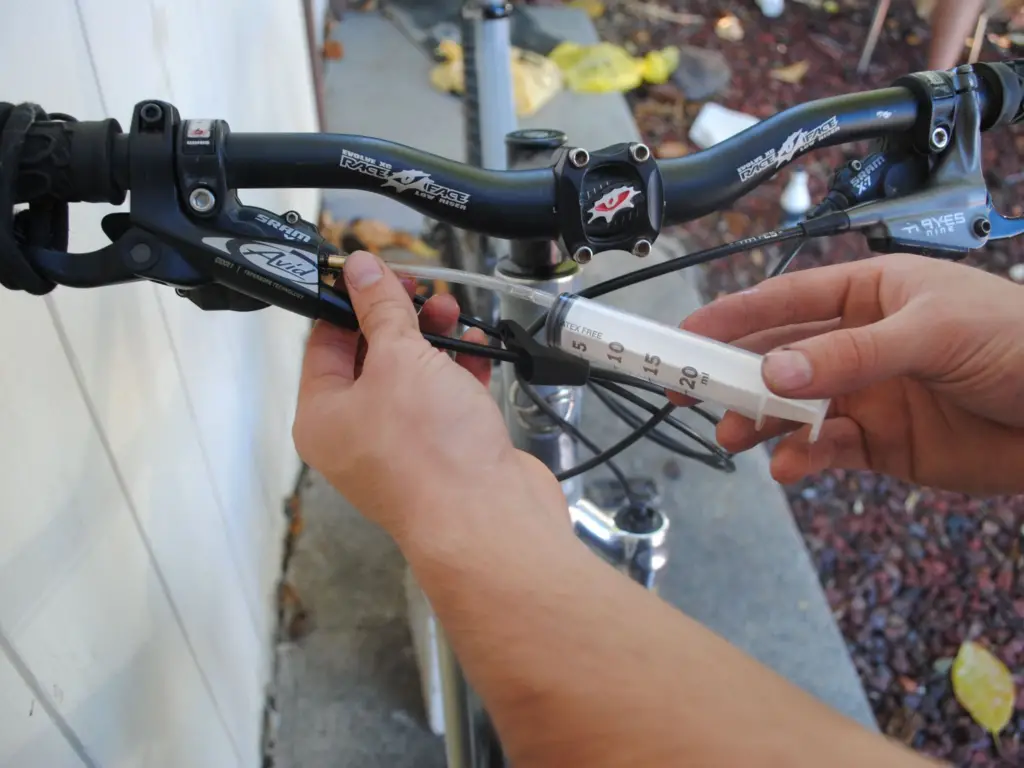Introduction:
When it comes to cycling, having properly functioning brakes is crucial for safety and control. However, encountering issues with bike brakes not gripping can be frustrating and potentially dangerous. In this comprehensive guide, we will explore eight common reasons why bike brakes may fail to grip effectively and provide practical solutions to fix the problem. Whether you’re a beginner or an experienced cyclist, understanding these reasons and implementing the suggested fixes will help you ensure optimal brake performance and enhance your overall cycling experience.
1: How to Make Bike Brakes Grip Better

Importance of proper brake pad alignment and positioning
Tips for cleaning and maintaining brake pads
Considerations for brake pad selection and material
2: Common Reasons Why Brakes Don’t Grab

Worn Brake Pads:
Signs of worn brake pads and when to replace them
Steps to replace brake pads for improved gripping
Contaminated Brake Pads or Rotors:
Causes of pad and rotor contamination
Cleaning techniques to remove contaminants and restore gripping power
Brake Cable Stretch:
Understanding cable stretch and its impact on brake performance
Adjusting brake cables to eliminate stretch and improve responsiveness
Improper Brake Adjustment:
Importance of correct brake adjustment for optimal gripping
A step-by-step guide to adjusting brake calipers and levers
Brake Pad Glazing:
Causes and signs of brake pad glazing
Techniques to remove glazing and restore proper gripping
Brake Pad Wear Pattern:
Identifying abnormal wear patterns and their impact on braking
Solutions to correct brake pad wear for improved gripping
Insufficient Brake Lever Force:
Reasons for weak brake lever force and potential solutions
Tips for maximizing brake lever force for better grip
Inadequate Brake Fluid:
Understanding the Role of brake fluid in brake system performance
Steps to check and top up brake fluid levels to enhance gripping power
3: Additional Brake-Related Concerns
Addressing issues with brakes not bouncing back
Troubleshooting weak bike brakes
Exploring methods to increase bike brake power and strength
4: WD-40 and Bike Brakes
Debunking myths about using WD-40 on bike brakes
Why WD-40 is not recommended for brake maintenance
Alternative products and techniques for reducing brake squeaking

5: Understanding Dry Brakes and Checking Brake Fluid

Definition and implications of “dry brakes”
Importance of regular brake fluid checks and maintenance
A step-by-step guide to checking brake fluid levels and addressing issues
Read More:
The Importance of Bicycle Helmets
Conclusion:
Properly functioning bike brakes are essential for a safe and enjoyable cycling experience. By addressing the eight common reasons why bike brakes may not grip effectively and following the recommended fixes outlined in this guide, you can enhance your braking performance and ride with confidence. Remember to prioritize regular maintenance and inspections to ensure your bike’s braking system remains in top condition. Stay safe and happy cycling!
FAQs:
How do you check brake fluid?
To check brake fluid levels, locate the brake fluid reservoir under the hood of your car or in the master cylinder near the handlebars on a bike. Ensure the vehicle is parked on a level surface, remove the cap from the reservoir, and visually inspect the fluid level. The reservoir typically has minimum and maximum markings to indicate the acceptable range of fluid.
What are the signs of low brake fluid?
Signs of low brake fluid include a soft or spongy brake pedal, increased braking distance, illuminated brake warning light on the dashboard, or a fluid leak near the wheels or under the vehicle. If you notice any of these signs, you must check the brake fluid level and address the issue promptly.
What happens if the brake fluid is low?
If brake fluid levels are low, it can lead to reduced braking performance and potentially compromise your ability to stop the vehicle safely. Low brake fluid levels indicate a possible leak or excessive wear in the brake system, which requires immediate attention to prevent accidents and further damage.
How long does brake fluid last?
Brake fluid doesn’t have a specific expiration date but should be replaced periodically. As a general guideline, it is recommended to change brake fluid every 2 to 3 years. However, consult your vehicle’s manufacturer guidelines for specific recommendations as they can vary.
Is brake fluid cheap?
Brake fluid is generally inexpensive and readily available at automotive supply stores or bike shops. The cost can vary depending on the brand and type of brake fluid. It’s crucial to choose the correct type of brake fluid recommended by your vehicle or bike manufacturer.
Can you just add brake fluid?
In some cases, if the brake fluid level is slightly low, you can add brake fluid to bring it back to the appropriate level. However, adding brake fluid is not a long-term solution, and if you consistently find low brake fluid levels, it indicates a potential issue in the brake system that requires inspection and repair.
What color is brake fluid?
Brake fluid is typically clear to amber in color. However, as it ages and absorbs moisture over time, it may darken to a slightly darker shade. It’s important to note that brake fluid should not be dark brown or black, as this can indicate contamination and the need for immediate replacement.
Is brake fluid oily?
Brake fluid has a thin and slippery consistency but is not oily in the traditional sense. It is a specialized hydraulic fluid designed to withstand high temperatures and provide optimal braking performance.
How often should you change your brake oil?
The brake fluid should be changed every 2 to 3 years or as the vehicle or bike manufacturer recommends. Regular brake fluid changes help maintain the fluid’s integrity and ensure the proper functioning of the brake system.
What causes dirty brake fluid?
Brake fluid can become dirty due to contaminants, moisture absorption, or wear and tear in the brake system over time. Moisture intrusion is one of the primary causes of dirty brake fluid, which can lead to reduced braking performance and corrosion within the brake system.
Remember, it’s always important to consult your vehicle or bike manufacturer’s specific guidelines and recommendations for brake fluid maintenance and replacement to ensure optimal performance and safety.
